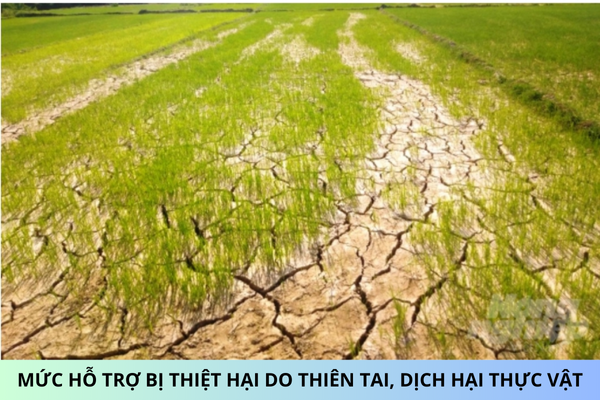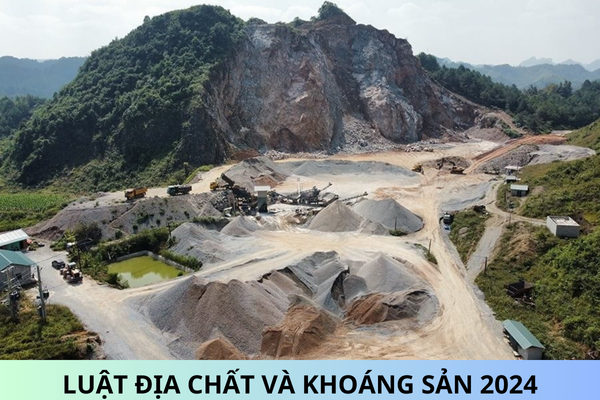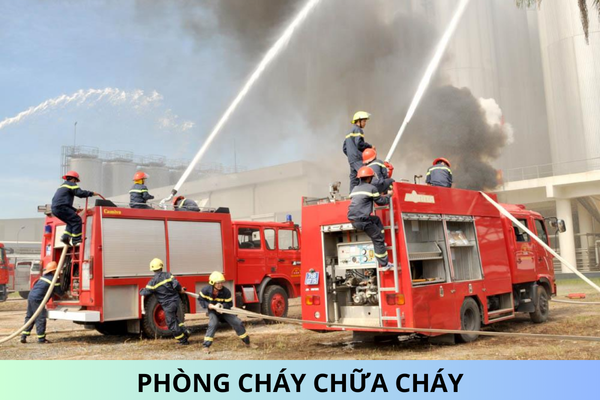Criteria for Identifying the Latest Natural Forests
Criteria for Natural Forests
According to Article 4 of Decree 156/2018/ND-CP guiding the Law on Forestry (Effective from January 1, 2019), natural forests include primary forests and secondary forests when meeting the following criteria:
The canopy cover of woody trees, bamboo, and palms (hereinafter referred to as forest trees), which are the main components of natural forests, is 0.1 or higher.
A contiguous area of 0.3 hectares or more.
The average height of forest trees, which are the main components of natural forests, is categorized by site conditions as follows:- Natural forests on hills, mountainous land, and plains: the average height of forest trees is 5.0 meters or more;- Natural forests on freshwater wetlands: the average height of forest trees is 2.0 meters or more;- Natural forests on acid sulfate soils: the average height of forest trees is 1.5 meters or more;- Natural forests on rocky mountains, sandy soils, saline soils, and other unique ecological conditions: the average height of forest trees is 1.0 meters or more.
Exploitation of Forest Products in Production Forests as Natural Forests
The exploitation of forest products in production forests, which are natural forests, is regulated under Article 28 of Decree 156/2018/ND-CP guiding the Law on Forestry. Specifically:
Main exploitation of timber from natural forestsa) Objects: Trees in areas of rich and medium forests;b) Conditions: Implement according to Clause 1, Article 58 of the Law on Forestry and not during the forest closure period;c) Method: Selective logging with a maximum exploitation intensity of 35% of the timber volume in the forest plot.
Utilization exploitation of timber from natural forestsa) Objects: In areas where the forest is being converted for other uses; during silvicultural measures; for training and scientific research purposes;b) Conditions: Must have an approval decision from the competent authority for converting forest use; silvicultural projects; scientific research programs, and topics.
Salvage exploitation of timber from natural forestsa) Objects: Dry, rotten, fallen, burned, or dead trees due to natural disasters within the forest;b) Conditions: The forest owner must develop a salvage exploitation plan according to regulations by the Ministry of Agriculture and Rural Development.
Exploitation of common forest plants other than timber, including derivatives from common forest plantsa) Objects: Common forest plant species other than timber, including derivatives from common forest plants;b) Conditions: Must ensure the sustainable development of the forest area, and the exploited yield of the species must not exceed the growth rate of that species;c) Exploitation method: Determined by the forest owner.
Exploitation of common forest animalsa) Objects: Common forest animal species;b) Conditions: The forest owner must have a common forest animal exploitation plan.
Exploitation of endangered, precious, and rare species must be carried out according to the Government of Vietnam's regulations on the management of endangered, precious, and rare forest plants and animals, and the implementation of the Convention on International Trade in Endangered Species of Wild Fauna and Flora.
Benefits from forest product exploitationForest owners are entitled to the full value of the exploited forest products after fulfilling financial obligations as stipulated by the State.
Sincerely.










